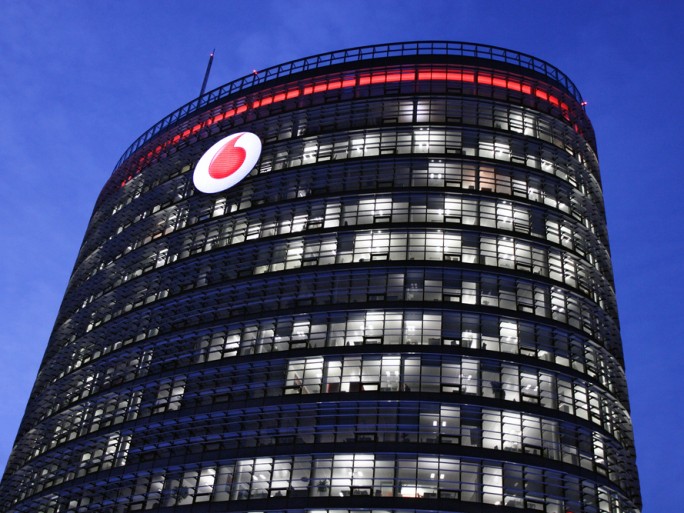Vodafone Deploys Europe’s First Massive MIMO Base Station In 4G Coverage & Capacity Drive

Vodafone is using Massive MIMO to improve capacity and pressing ahead with coverage improvements ahead of 4.5G and 5G
Vodafone is boosting the coverage and capacity of its UK 4G network, most notably with the first European deployment of ‘Massive MIMO’, which will become a foundational technology for 5G networks.
Whereas a normal antenna has just two elements, Vodafone’s Massive MIMO-enabled base stations have 64. This means more data can be transmitted and received simultaneously and the technology could be upgraded to 128 and 256 elements in the future.
Massive MIMO also enables beamforming, which is the use of specific spectrum at particular devices, and allows for spectrum to be reused dynamically, increasing capacity and speeds. This compares to normal 4G in which spectrum is shared between users.![]()
Massive MIMO and the road to 5G
The technology is already used in Asia and Vodafone UK is leading the wider group’s efforts. Massive MIMO will be deployed in urban areas and special events that place significant strain on network infrastructure.
By the end of this week, nine sites will have been upgraded and there are 30 planned over the next few months. Vodafone is being “very specific” in how it rolls out Massive MIMO because it is expensive and requires significant backhaul to power it.
Massive MIMO forms part of ‘4.5G’. This is the use of technologies that will eventually make up the 5G standard on existing generation mobile networks.
While dedicated handsets and chipsets will be necessary to take full advantage of these upgrades, some of the benefits will be network-side, meaning even existing handsets should benefit.
Carrier aggregation is another example, with 250,000 sites now taking advantage, while 4×4 MIMO has been deployed at 180 and QAM at 1,000. The combination of all three could lead to theoretical speeds of up 500Mbps.
Vodafone also plans to improve coverage at major transport hubs such as railway stations and airports.
“Gatwick is probably the most connected airport in Europe,” said Kye Prigg, head of networks at Vodafone. “We’ve done three way carrier aggregation so could get 200Mbps on Vodafone. We’re really targeting places where our subscribers will go for a few hours.”
The operator is also rolling out more spectrum, a move which it claims differentiates it from its competitors.
4G Coverage
But this is small comfort to areas that don’t have adequate coverage.
Vodafone also gave Silicon an update on ‘Project Beacon’ – its joint 4G upgrade programme with O2. The two operators have shared infrastructure for a number of years but since 2013 have shared equipment, each using their own RAN (Radio Access Network) tech and spectrum to power their networks.
O2 took the west of the country (and Northern Ireland) while Vodafone took the east of the country. Each operator is responsible for upgrading masts in their ‘zones’ while duplicate sites have been eliminated. This, the partners claim, makes expansion more rapid and saves each operator money.
So far, 13,600 sites have been ‘beaconised’, meaning the project is 79 percent completed. In total 18,500 sites will be upgraded – a process which involves replacing everything but the tower.
“We expect Beacon to be completed by the end of this financial year,” said Kye Prigg, head of networks at Vodafone. “There will always be a few sites which it’s difficult to [connect with] fibre or microwaves. But we hope to be substantially complete by the end of the year.”
Prigg said the approach meant areas like rural Wales and the Lake District had been easier to reach, but there is an acknowledgement that more can be done.
To this end, it has come up with the ‘Mini Macro Solution’, a piece of street furniture that can be easily and quickly deployed with minimal opposition from local authorities. The Mini Macro is a ‘network in a box’ containing transmission and radio equipment alongside power and a link to the fibre network.
Two units have been deployed, including one in Cornwall, and Vodafone can see from its analytics that the majority of network issues have been solved.
“We think this will revolutionise how we deal with rural and hotspot coverage,” added Prigg. “It’s about 50 percent cheaper than a normal deployment but brings the same capacity. Improving coverage is expensive.”
Quiz: What do you know about 4G?